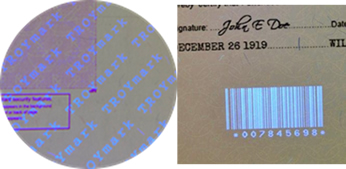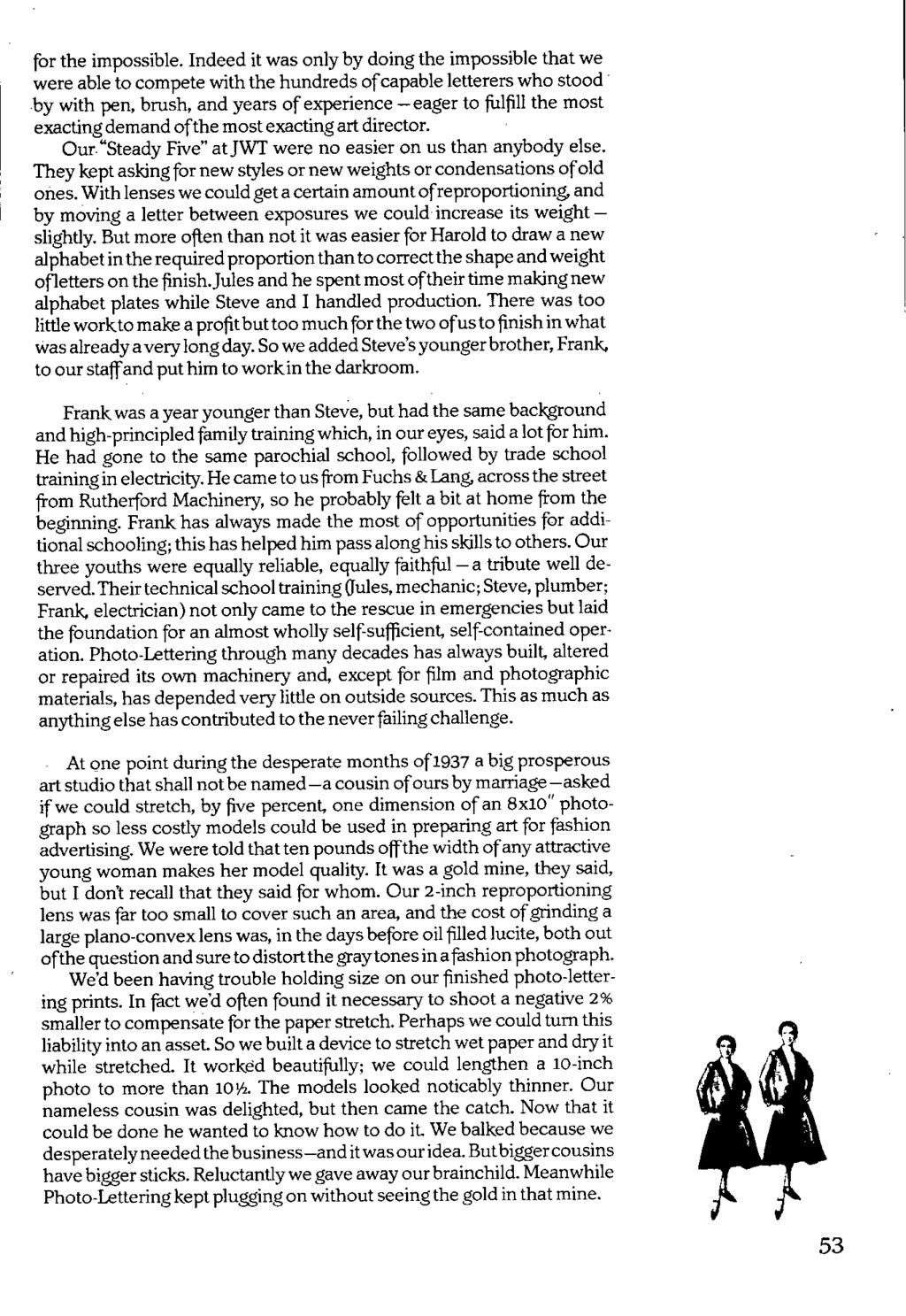

Homogeneous magnetization (no preferred orientation) is easily obtained on pigment made of spherical particles. Some magnetic pigment are best suited for colored magnetizable inks due to their lower blackness. Generally, pigments should be used at high concentrations to ensure that sufficient magnetizable material is applied even in thin offset coats. The magnetic pigments’ strong inherent color generally reduces the spectrum of achievable shades. Ĭolored magnetizable inks are prepared by including chromatic pigments of high color strength.

Optically Variable Ink (OVI) displays different colors depending on the angle at which it is viewed. Recto of 1 US dollar with microprinting and guilloché in the pyramid Cheques, for example, use microprint as the signature line. The text is generally small enough to be indiscernible to the naked eye. This involves the use of extremely small text, and is most often used on currency and bank checks. Geometric lathe workĪ guilloché is an ornamental pattern formed of two or more curved bands that interlace to repeat a circular design.

Intaglio also allows for the creation of latent images which are only visible when the document is viewed at a very shallow angle. The very sharp printing obtained from the intaglio process is hard to imitate by other means. A damp piece of paper is placed on top, and the plate and paper are run through a printing press that, through pressure, transfers the ink to the paper. In printing, the surface is covered in ink, and then rubbed vigorously with tarlatan cloth or newspaper to remove the ink from the surface, leaving it in the incisions. Normally, copper or zinc plates are used, and the incisions are created by etching or engraving the image, but one may also use mezzotint. Intaglio is a printing technique in which the image is incised into a surface. A Diffractive Optical Element (DOE) within the transparent window can create a comparable effect but requires a laser beam for its verification. For example, the Australian dollar has its coat of arms watermarked on all its plastic bills. Watermarks are sometimes simulated on polymer currency by printing an according pattern, but with little anti-counterfeiting effect. A similar effect can be achieved by iriodin varnish which creates reflections under certain viewing angles only and is transparent otherwise. Because the ink is white, it cannot be photocopied or scanned. Printed with white ink, simulated watermarks have a different reflectance than the base paper and can be seen at an angle. Watermark in a 5 euro (series ES2) from European Central Bank Polymer can include transparent windows, diffraction grating and raised printing. Some countries, including Canada, Nigeria, Romania, Mexico, Hong Kong, New Zealand, Israel, Singapore, Malaysia, United Kingdom and Australia, produce polymer (plastic) banknotes, to improve longevity and to make counterfeiting more difficult.

All of this makes it difficult to reproduce using common counterfeiting techniques.
#Void pantograph marriage certificate windows
Paper substrate may also include windows based on laser-cut holes covered by a security foil with holographic elements. The substrate of most banknotes is made of paper, almost always from cotton fibres for strength and durability in some cases linen or speciality coloured or forensic fibres are added to give the paper added individuality and protect against counterfeiting. Security printing is most often done on security paper, but it can also occur on plastic materials. Copy detection pattern and digital watermarkĪ number of technical methods are used in the security printing industry.Businesses are protecting their lesser-value documents such as transcripts, coupons and prescription pads by incorporating some of the features listed below to ensure that they cannot be forged or that alteration of the data cannot occur undetected. More recently many of the techniques used to protect these high-value documents have become more available to commercial printers, whether they are using the more traditional offset and flexographic presses or the newer digital platforms. The main goal of security printing is to prevent forgery, tampering, or counterfeiting. Security printing is the field of the printing industry that deals with the printing of items such as banknotes, cheques, passports, tamper-evident labels, security tapes, product authentication, stock certificates, postage stamps and identity cards.
#Void pantograph marriage certificate series


 0 kommentar(er)
0 kommentar(er)
